Lois vs the Gobo projector
The Gobo Projector, Westcott Optical Spot by Lindsay Adler
Some images are special
In this blog I tell you more about the Westcott Optical Spot by Linsday Adler and how I use it.
Creative images are without a doubt my favorite kind.
Of course, we also shoot families and events. But when I have the chance to have a bit more freedom I love to use light shapers that give something special to the shoot. One of my favorite light shapers is the Lindsay Adler Westcott optical spot, sometimes also called a Gobo projector.
The Gobo projector projects patterns on your subject or background via metal plates.
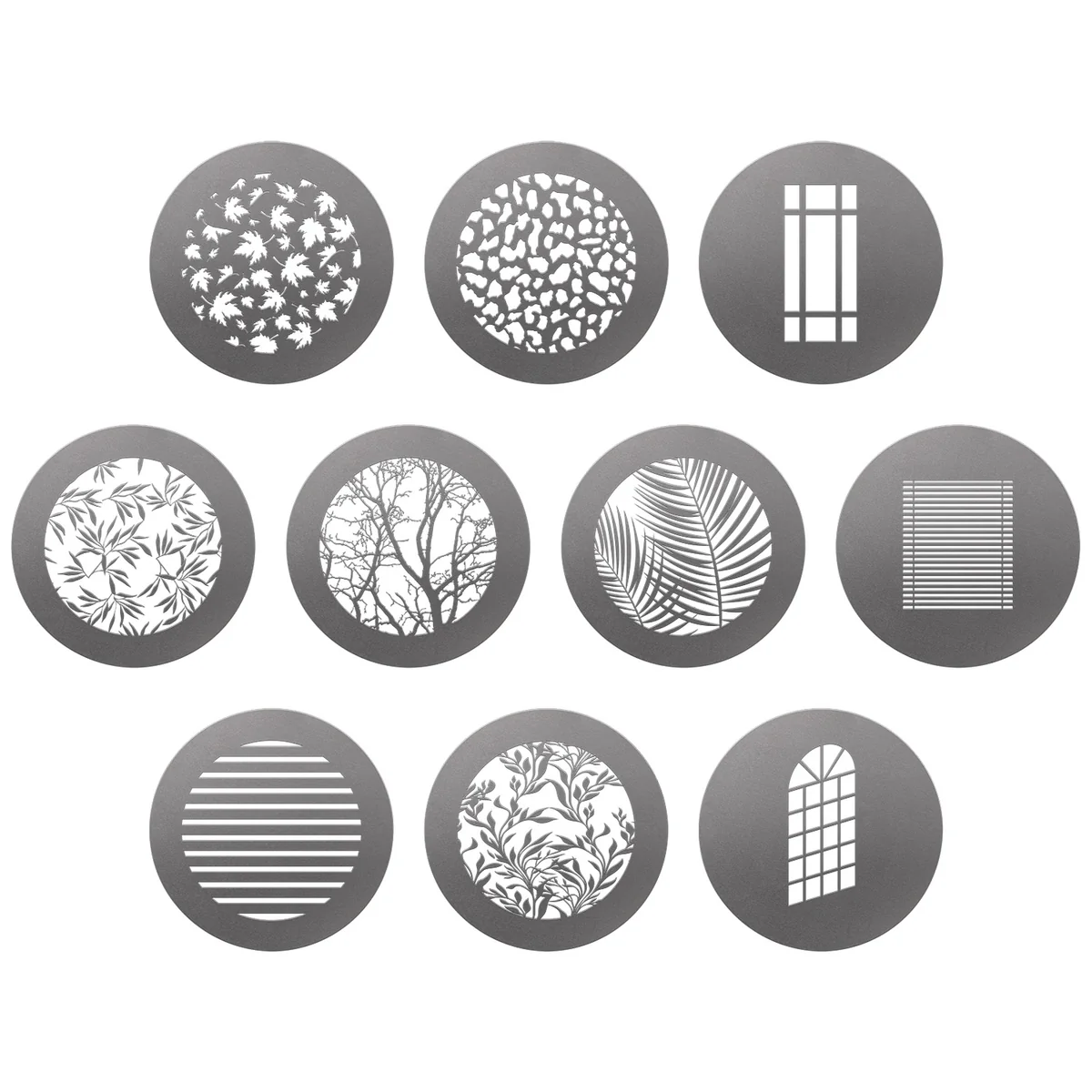
Westcott Optical Spot by Linsday Adler the Gobos. But you can also use the blades
By using a lens in front of the gobo it’s possible to focus the shadows. In other words, you can easily create razor-sharp or super soft shadows in all kinds of patterns. And even when you don’t want to use the metal gobo’s the spot also has blades which are great to create more straight shapes.
During the recent Digital classroom I used the spot for most of the sets.
Today the results.
Do take into account that these were shot during a live stream with video lights, so they are a bit “rough” with the lighting, it’s very hard to see in a bright studio 😀
Set 1 with the Westcott Optical Spot by Linsday Adler
With the stars Gobo on a Geekoto GT400
As an accent light a Geekoto GT250 with the Rogue magnetic system and a blue gel.
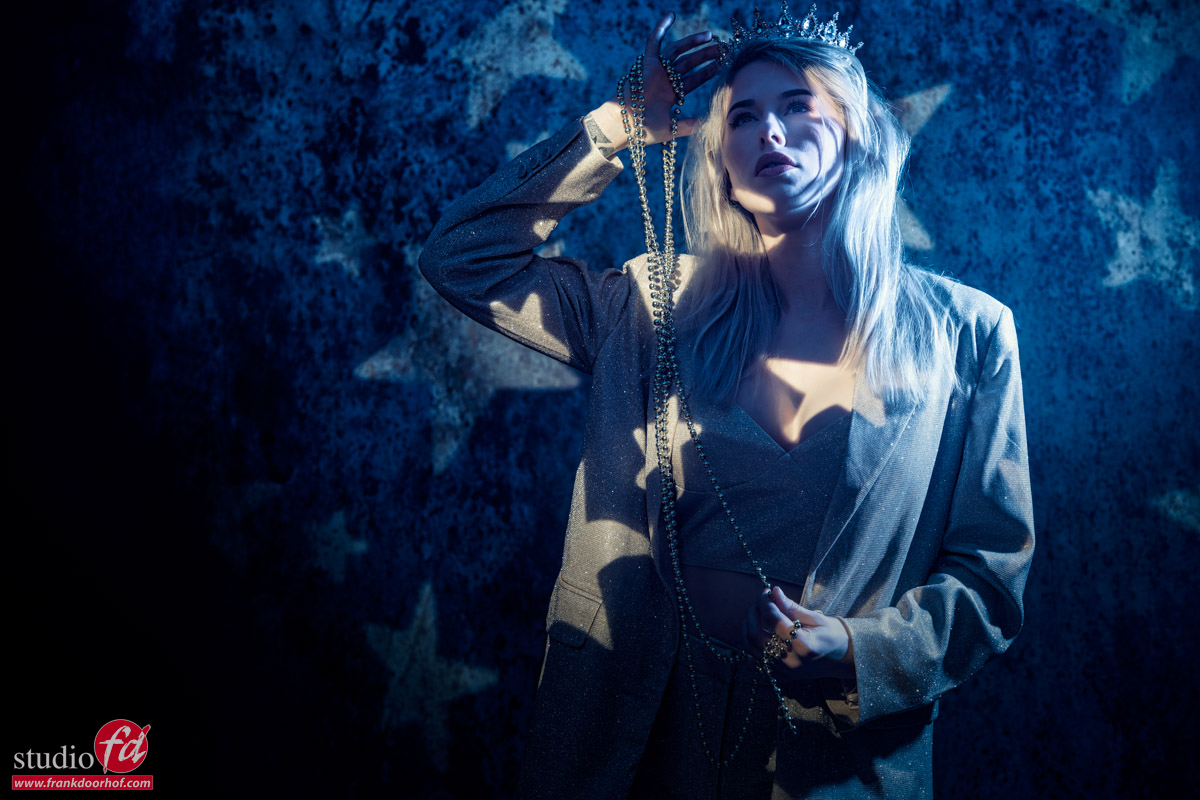

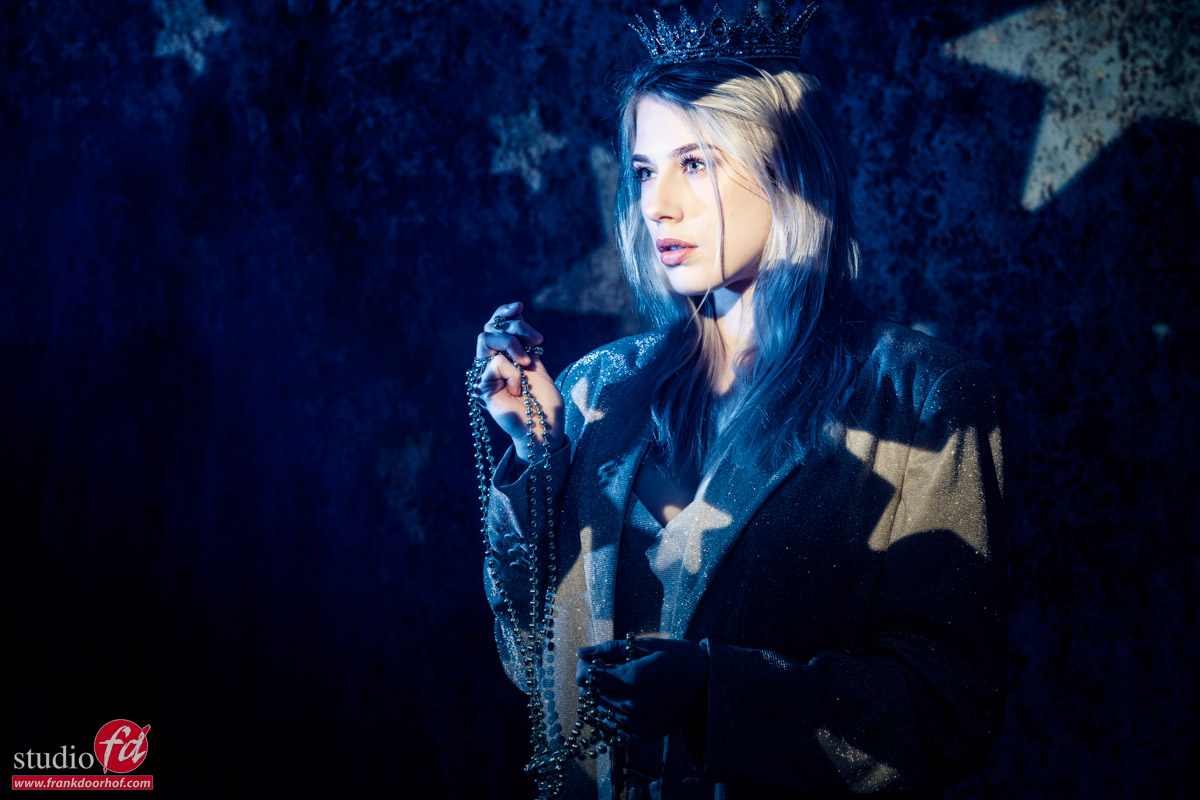

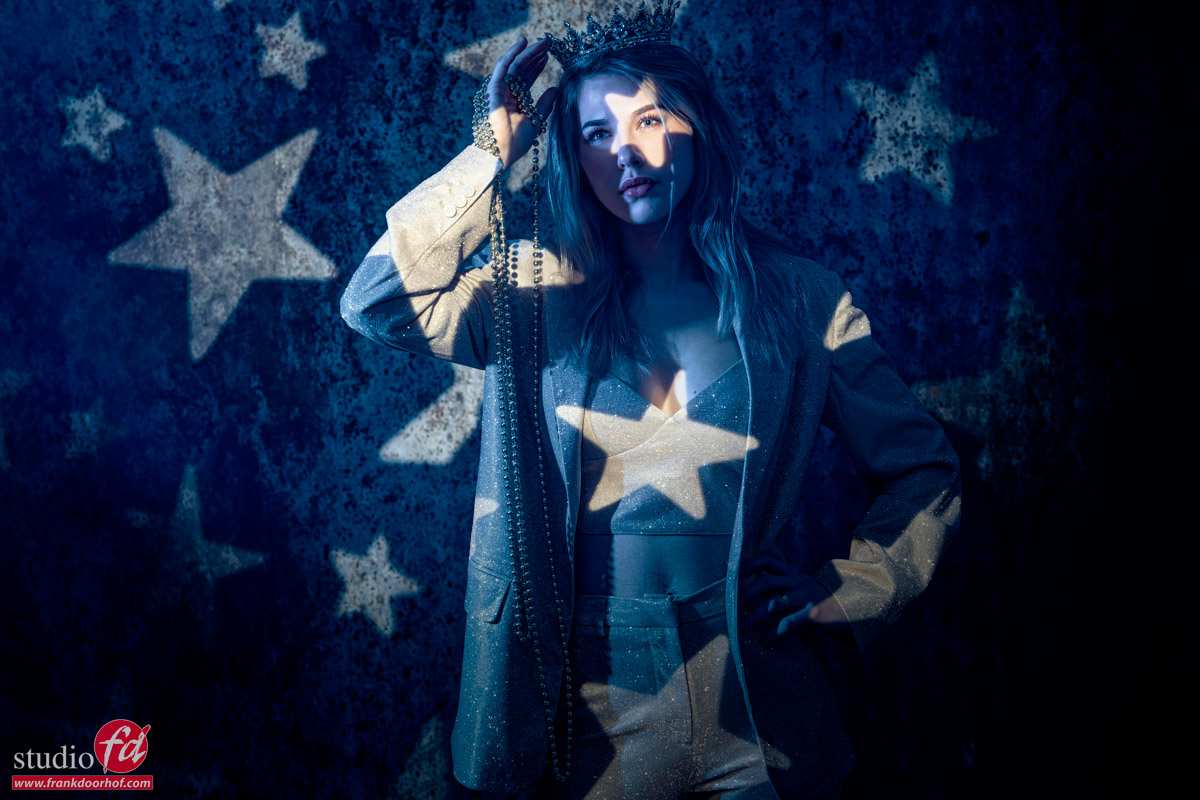
Set 2 Westcott Optical Spot by Linsday Adler
For the second set, I’m using the same Geekoto GT400 with the spot only this time I’m using the diagonal lines.
During the setup, I added a red gel on our Rogue magnetic system in different positions giving it different lens flares and looks.
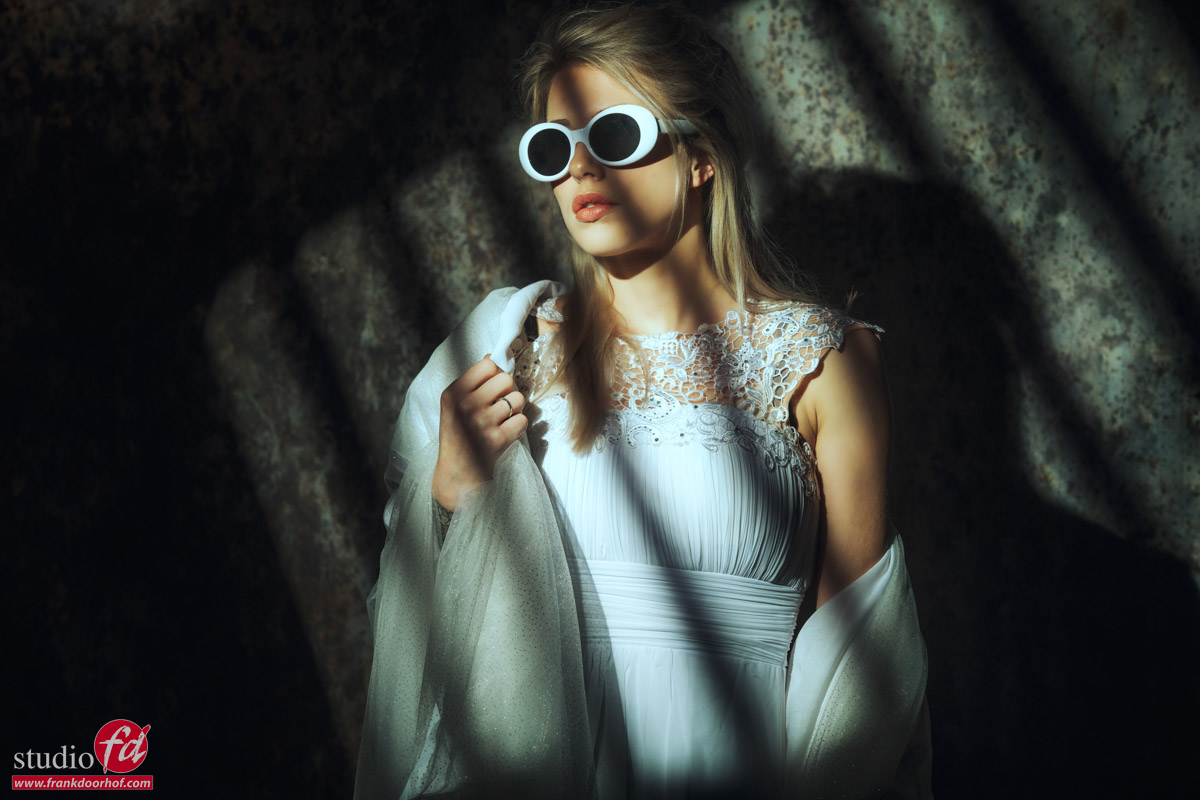

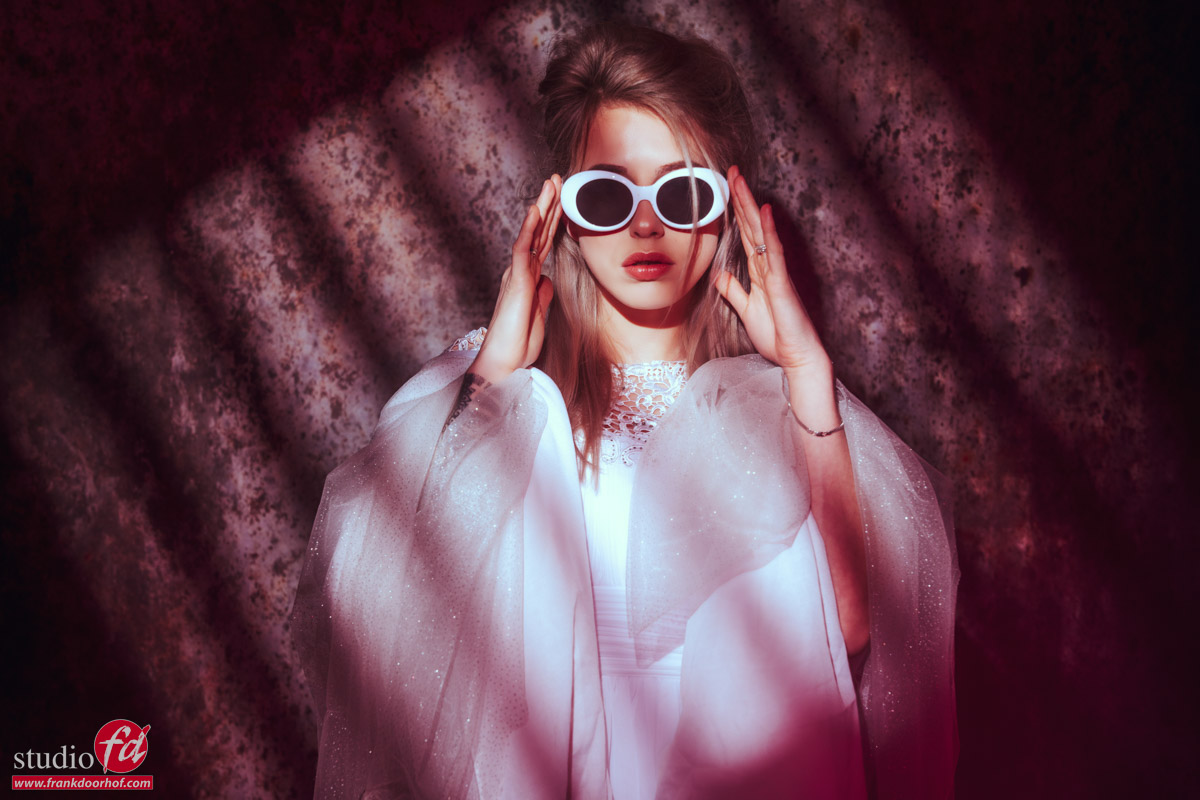

Set 3 Using only the blades of the Westcott Optical Spot by Lindsay Adler
For this set, I’m not using a gobo but the blades inside the optical spot.
As an accent a red gel from the side which I varied in output and angle during the shoot.
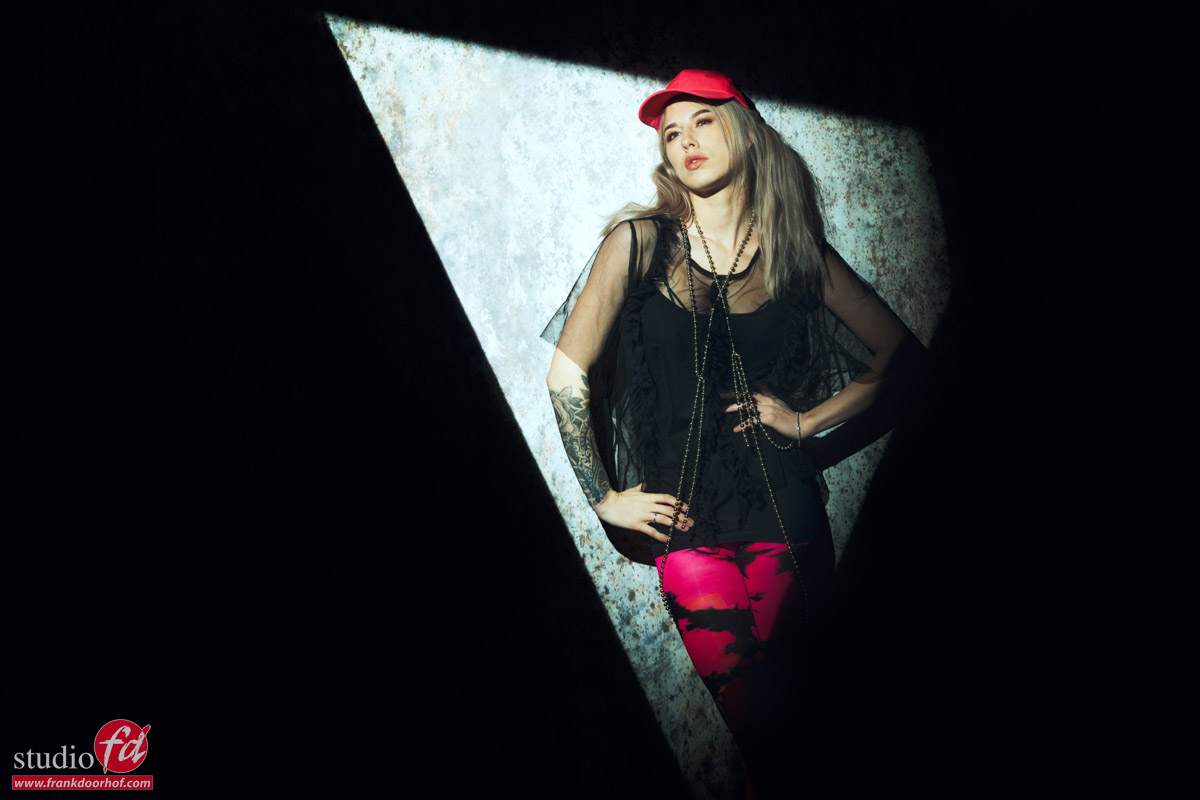
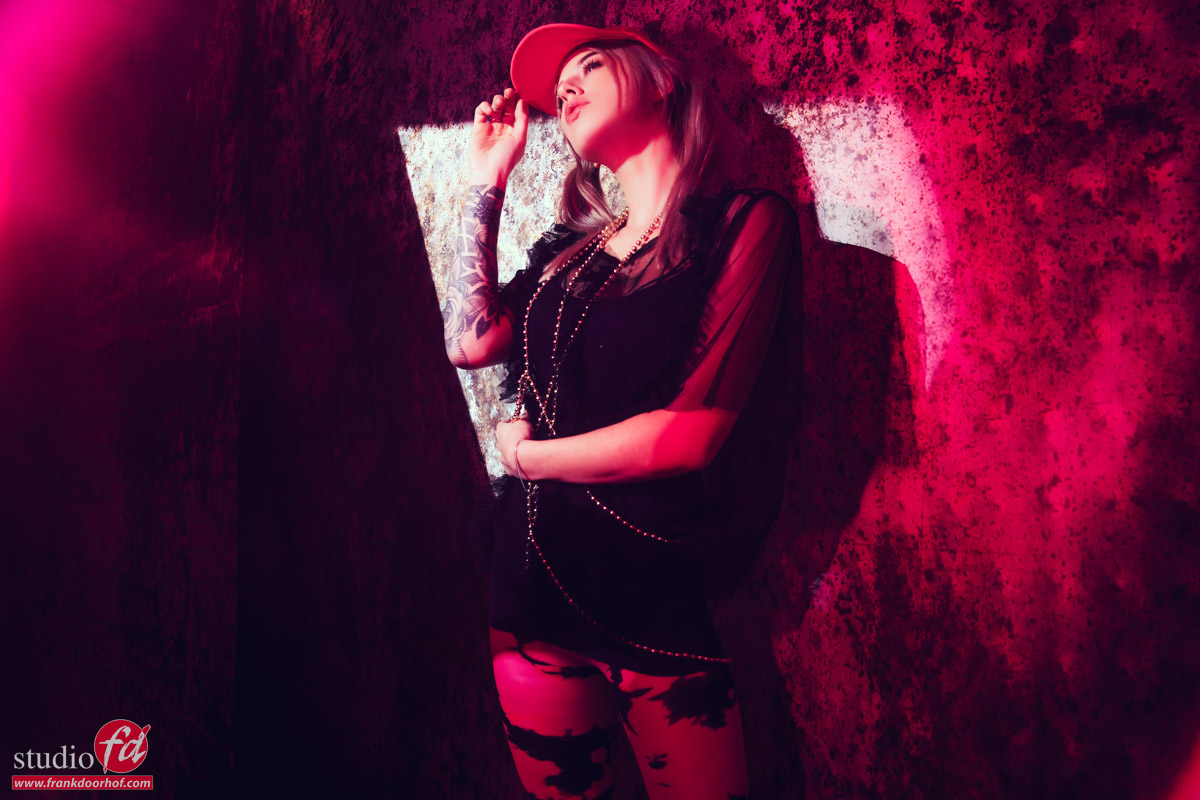

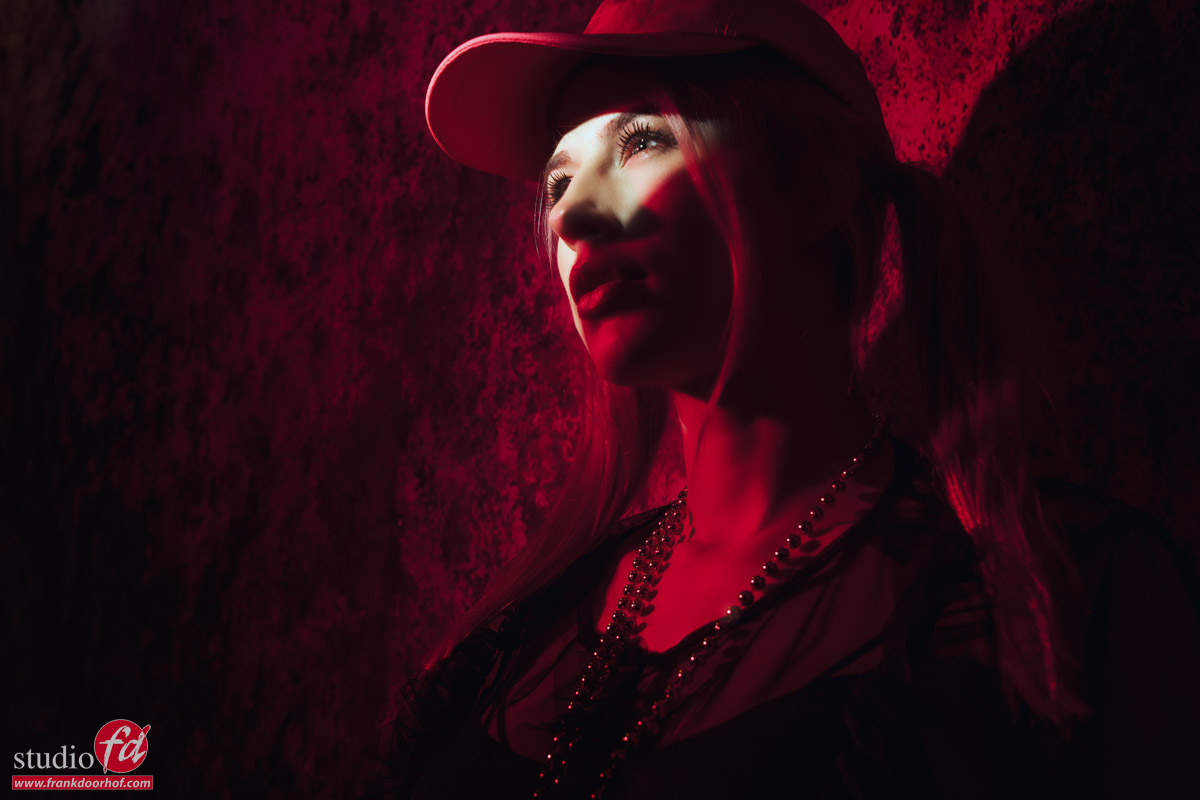
Set 4 not with the Spot, but with the Frank Doorhof FlashBender v3 XL Pro
We always get a lot of questions about the Rogue FlashBender (Frank Doorhof edition), so also this time during the digital classroom I did an extra set with the FlashBender. I’m using it on a Geekoto GT200 in the striplight configuration.
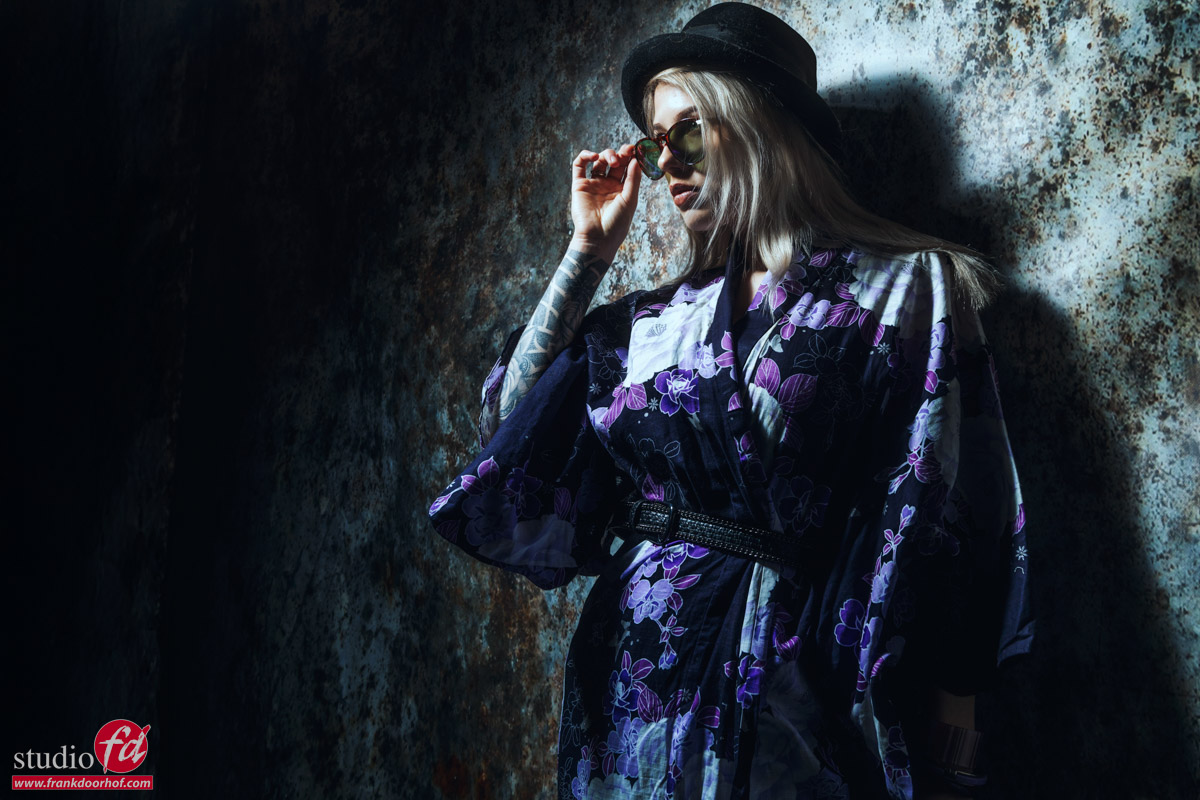
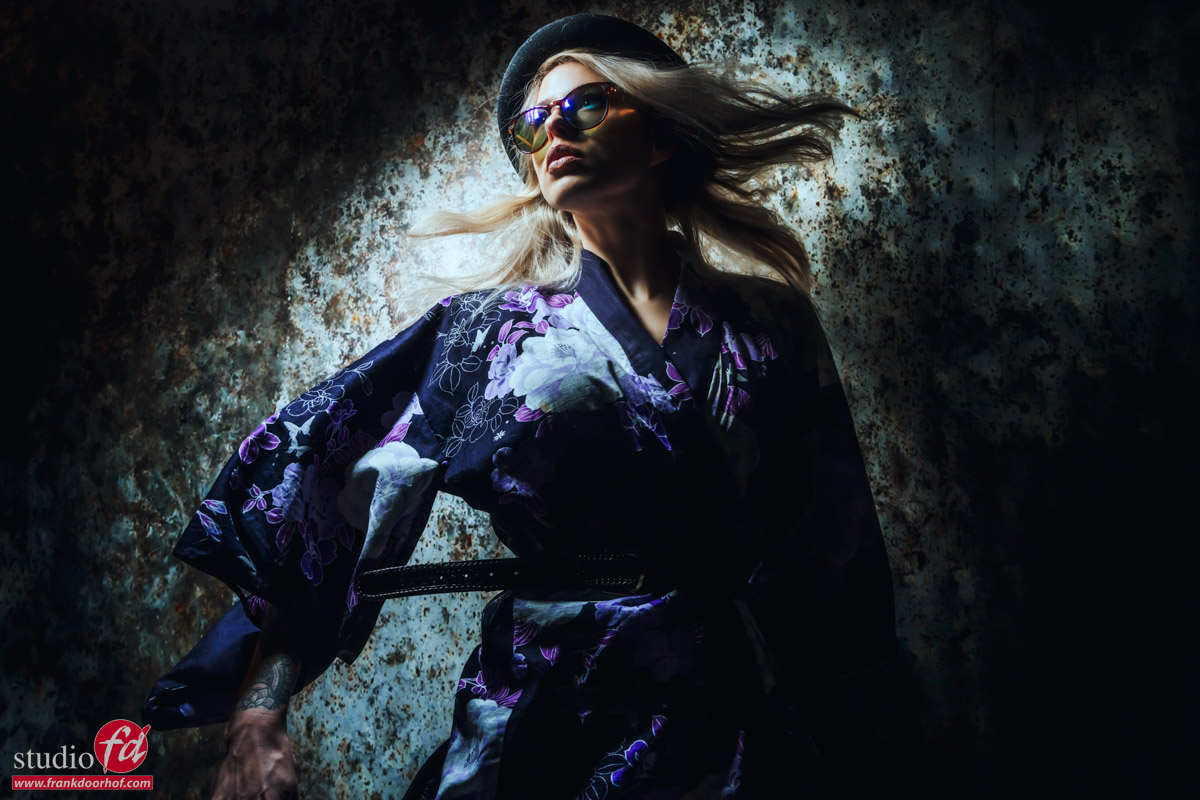
Want to see the live stream again, and see all the setups?
Digital Classroom
Every month we stream a live broadcast from our studio in Emmeloord. Most of the time with a model, but sometimes also about street and travel photography (my other passion) or just retouching tips and tricks). But also from our workshops, we make short “how did I shot this” videos.
We don’t sell the Lindsay Adler Projector but you can buy it from our friends at B&H




You must be logged in to post a comment.